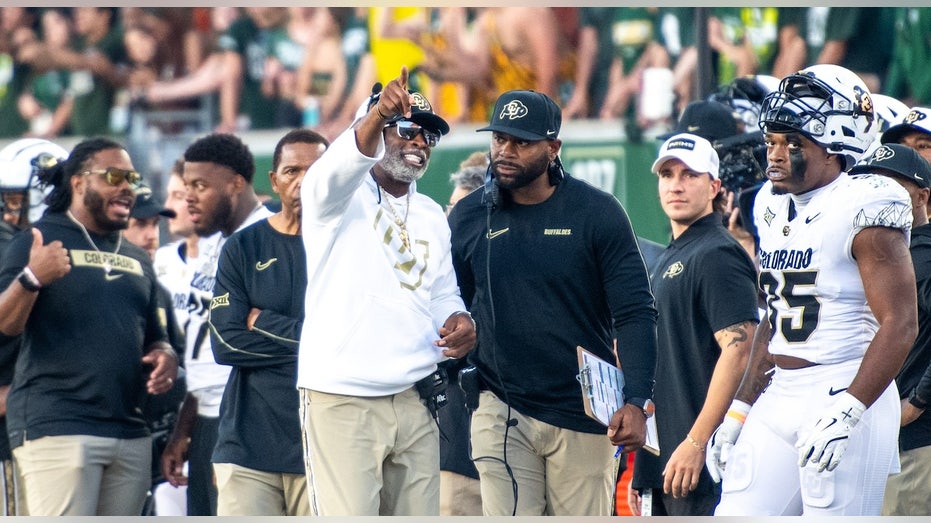Pallant House Gallery, Chichester
From William Nicholson’s lustrous silver casket to a prisoner’s last meal, this first major show devoted to British still life is full of surprises and private collection gems
The curators of The Shape of Things: Still Life in Britain, an exhibition at Pallant House Gallery in Chichester that could hardly be more enjoyable if it tried, refuse to get too hung up on the idea that a chipped jug might bear witness to turmoil; that stained teapots really have heard it all. Their preference is for the history of art, not jagged human hearts. But in the end, there’s really nothing they can do. How intimate objects are, and how voluble! Again and again, this show made me think of Philip Larkin’s Home Is So Sad, a poem that speaks with exquisite directness to the ironical notion that possessions embody loss (“Look at the pictures and the cutlery./ The music in the piano stool. That vase.”) A still life, if it is to have meaning, must somehow conjoin absence and presence: the unseen hand that arranged those flowers; the blurred face we see reflected in that pewter bowl.
Such a relationship reaches its zenith in Rachel Whiteread’s Untitled (Pink Torso), a sculpture from 1991 that takes the shape of the interior of a full hot-water bottle. Absence, in this instance, is literally made solid, courtesy of some pink dental plaster. But at Pallant House you feel the connection at every turn – and should you fail to do so, the work in question will strike you immediately as a failure. I was left cold by those pictures for which the artist carefully arranged a series of objects prior to painting them – tableaux that feel stagey and pointlessly challenging, like a tea tray memory game gone wrong. Meredith Frampton’s Trial and Error (1939), starring a pear, an urn, some scissors and a mannequin’s head (among other things), is inert for all its deliberation; Edward Wadsworth’s Bright Intervals (1928), a nautical pageant comprising a shell, binoculars and many fishing floats, is irredeemably flat. Both belong to the interwar years, when sleek “structural purpose” (as Paul Nash put it) was all the rage: a pointed slight on the Bloomsbury group and its fuzzy, Cézanne-inspired fruit bowls.





:format(jpeg):quality(80)/wp-content/uploads/2024/09/sapun-solid-sifonier-haine.jpg)
:format(jpeg):quality(80)/wp-content/uploads/2024/09/rusia.jpg)
:format(jpeg):quality(80)/wp-content/uploads/2024/09/accident-formula-2.jpg)

:format(jpeg):quality(80)/wp-content/uploads/2024/09/avetizare-de-calatorie-pentru-doua-tari-scaled.jpg)
:format(jpeg):quality(80)/wp-content/uploads/2024/09/fabrica-blindate-romania-tunetul-coreean.jpg)

:format(jpeg):quality(80)/wp-content/uploads/2024/09/de-ce-a-plecat-de-fapt-simona-gherghe-de-la-acces-direct.jpg)



:format(jpeg):quality(80)/wp-content/uploads/2024/09/edits-for-fanatik-3-9.jpg)

:format(jpeg):quality(80)/wp-content/uploads/2024/09/oferta-rivas-digi-rcs-rds.jpg)

:format(jpeg):quality(80)/wp-content/uploads/2024/09/maranta-planta-de-apartament.jpg)





:format(jpeg):quality(80)/wp-content/uploads/2024/09/hepta5125127-scaled.jpg)
:format(jpeg):quality(80)/wp-content/uploads/2024/09/david-puscas-mesaj.jpg)

:format(jpeg):quality(80)/wp-content/uploads/2024/09/sonia-multescu-gigi-multescu-si-catalin-multescu.jpeg)
